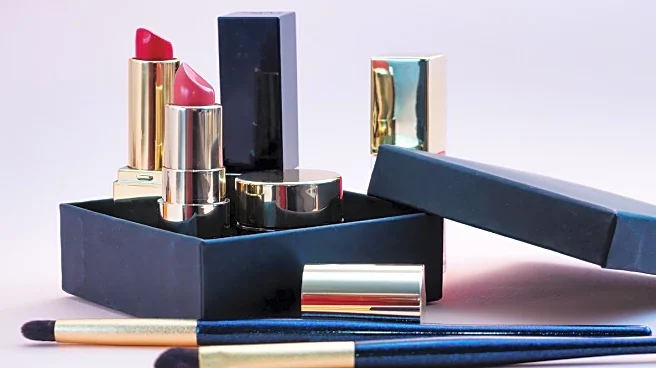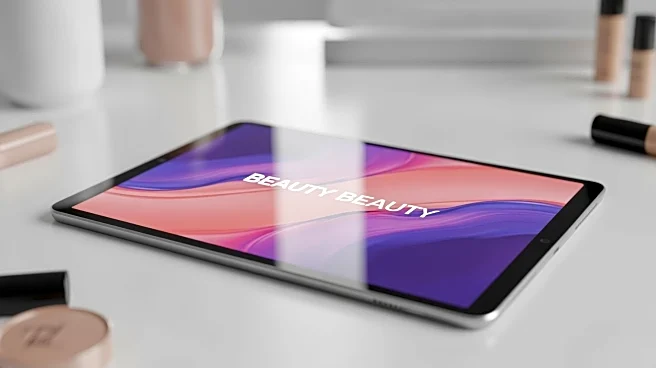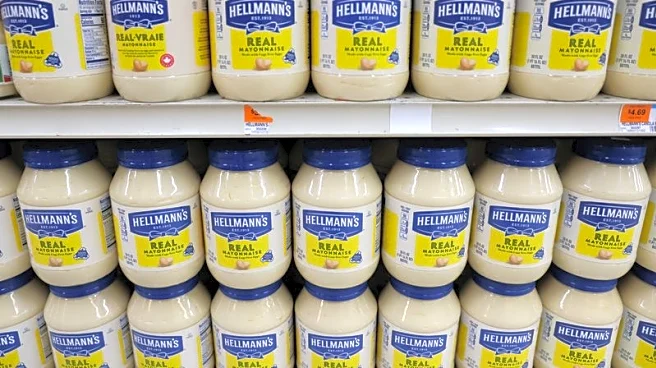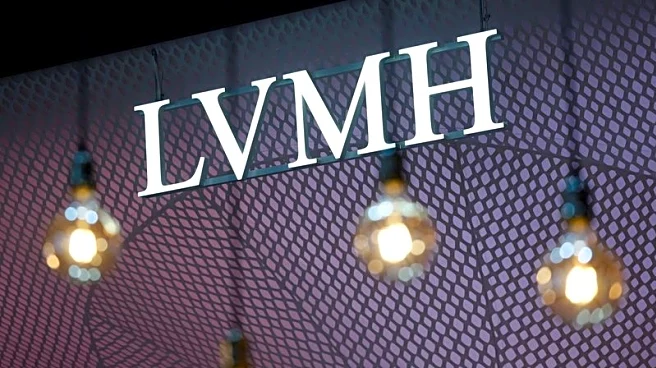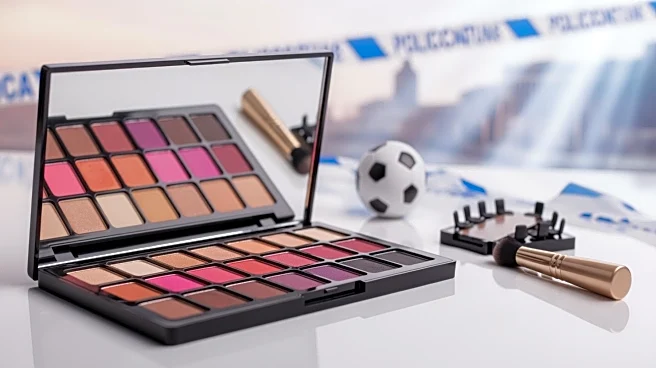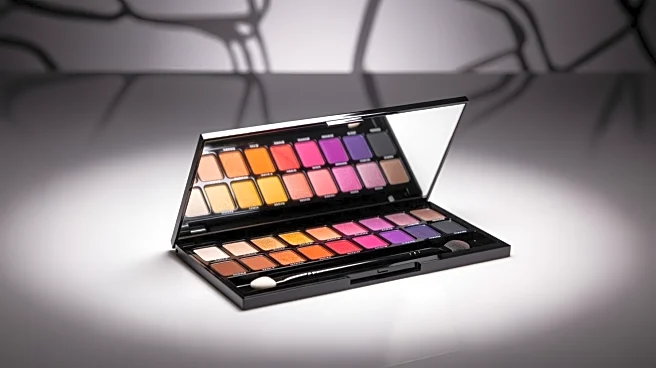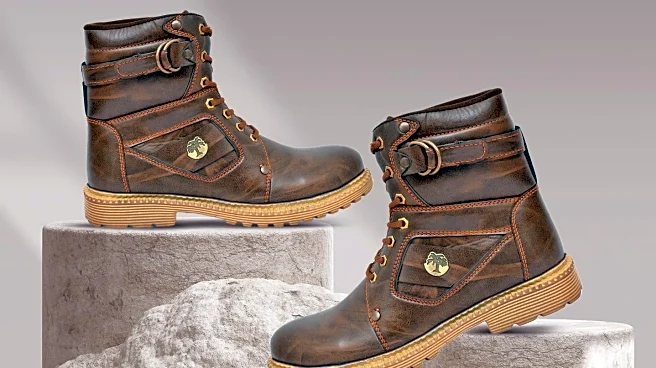What's Happening?
e.l.f. Cosmetics has emerged as a leading brand in the affordable makeup sector, particularly popular among teenagers. Known for its high-quality products at accessible prices, e.l.f. offers alternatives
to more expensive brands, often referred to as 'dupes.' The brand's price range typically falls between $4 and $25, making it a go-to choice for budget-conscious consumers. Products from e.l.f. are widely available at major retailers such as Sephora, Ulta, and Amazon. The brand is also recognized for its inclusivity, being listed as a 'Certified Inclusive' brand by SeeMe. This recognition highlights e.l.f.'s commitment to diversity and accessibility in the beauty industry.
Why It's Important?
The popularity of e.l.f. Cosmetics among teenagers signifies a shift in consumer preferences towards affordable yet high-quality beauty products. This trend challenges the dominance of luxury brands and reflects a growing demand for inclusivity and accessibility in the beauty industry. By offering products that are both affordable and inclusive, e.l.f. is setting a new standard that could influence other brands to follow suit. This shift has implications for the beauty market, potentially leading to increased competition and innovation as brands strive to meet the evolving needs of consumers.
What's Next?
As e.l.f. Cosmetics continues to gain popularity, it may expand its product offerings and distribution channels to further capitalize on its growing market share. The brand's success could prompt other companies to reevaluate their pricing strategies and inclusivity efforts. Additionally, e.l.f.'s focus on affordable 'dupes' may encourage more consumers to explore budget-friendly options, potentially reshaping the beauty industry's landscape. Retailers might also increase their stock of e.l.f. products to meet consumer demand, further solidifying the brand's presence in the market.
Beyond the Headlines
The rise of e.l.f. Cosmetics highlights broader cultural shifts towards valuing affordability and inclusivity in consumer products. This trend reflects changing attitudes among younger generations who prioritize diversity and accessibility. The brand's success may inspire other industries to adopt similar practices, promoting a more inclusive and equitable marketplace. Furthermore, e.l.f.'s approach could lead to increased scrutiny of luxury brands and their pricing models, potentially driving a more competitive and consumer-friendly environment.
